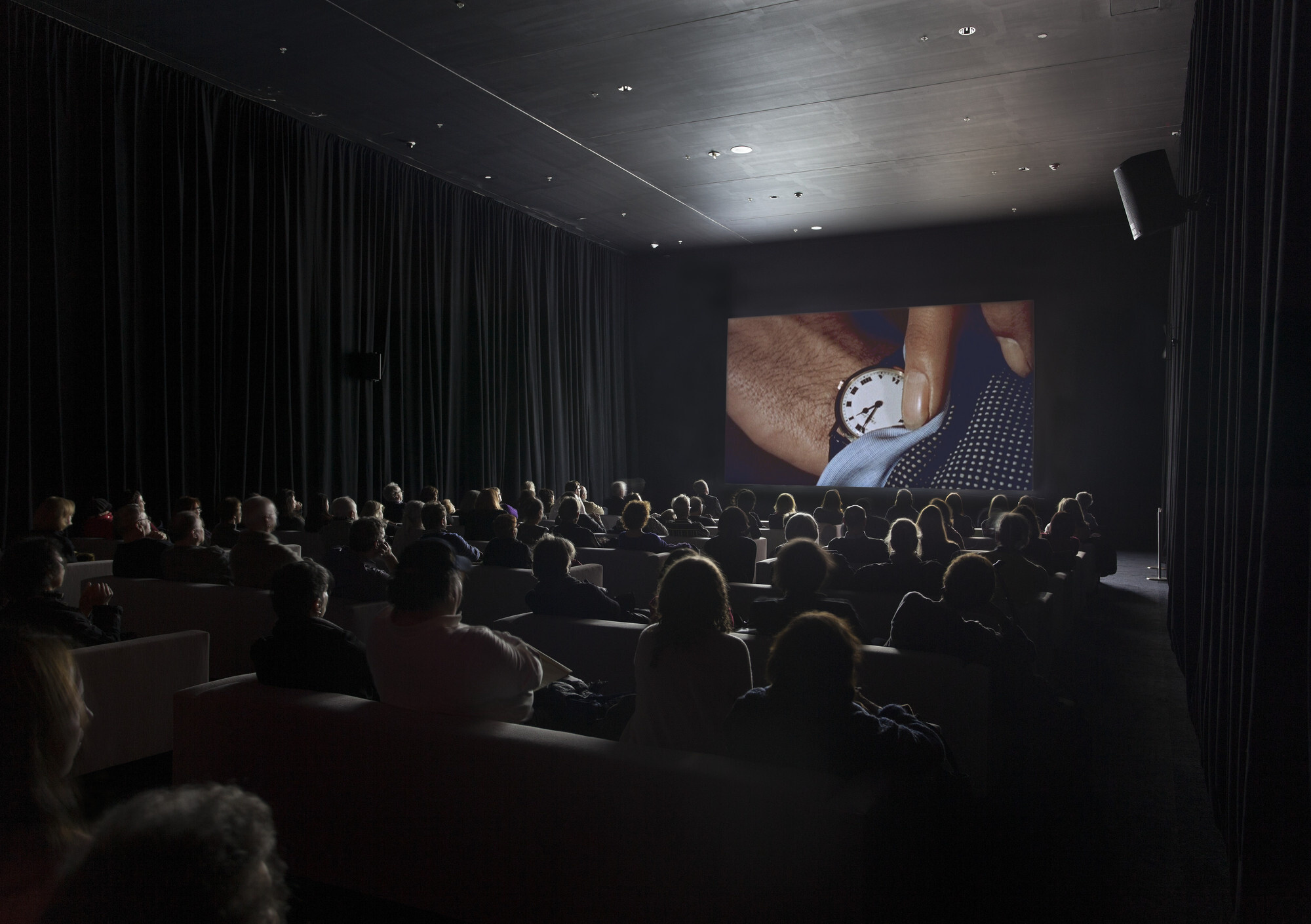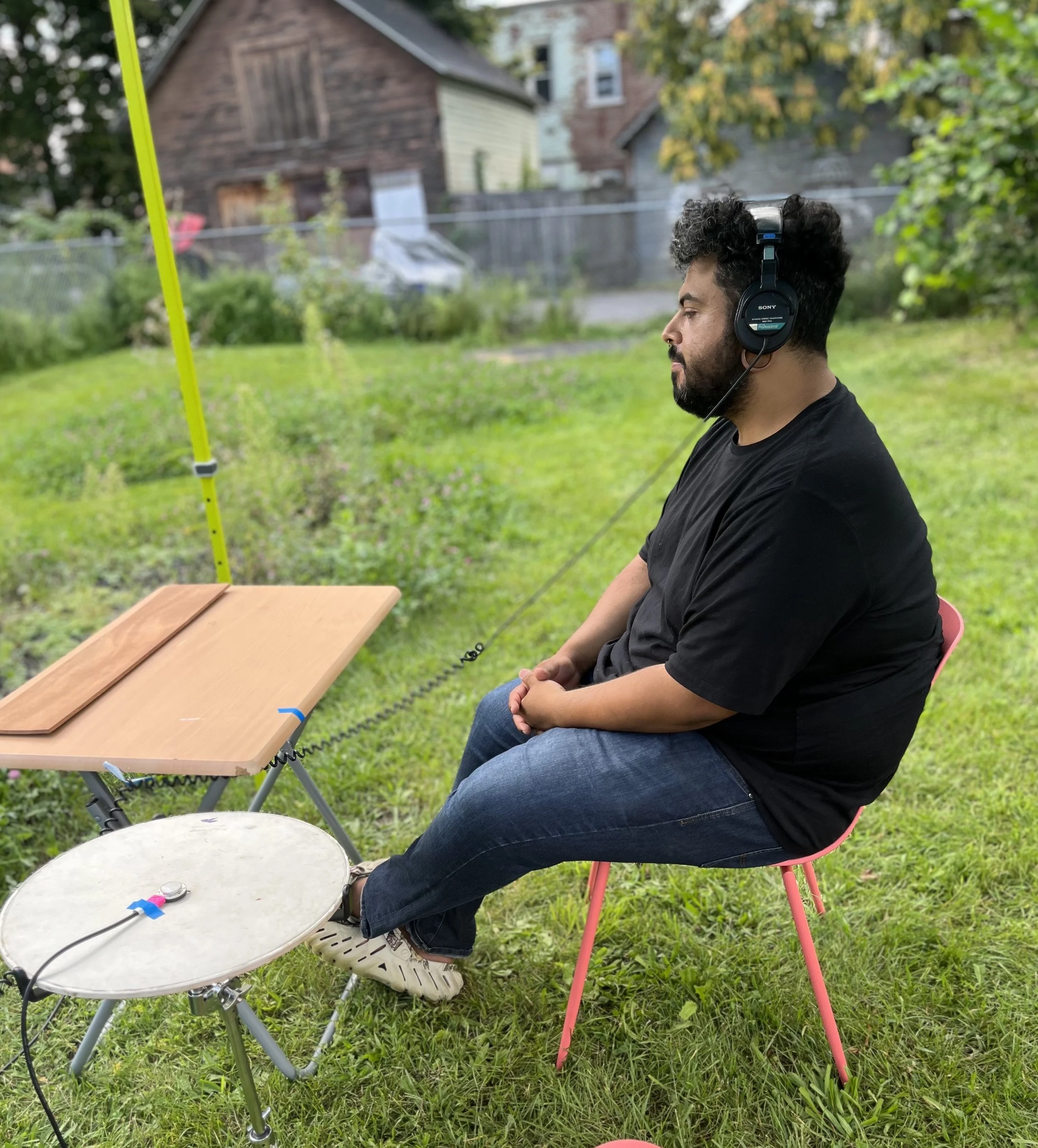Create a Narrative / User Journey for your Project
“Like an absorbing story, a well-designed product, place, or image unfolds over time. It helps us create memories and forge connections.” – Ellen Lupton, Design is Storytelling
This activity has two parts and is designed to help you create a narrative for how your audience might experience or interact with your work. Having a clear narrative / user journey can help you make something that engages with the intended audience with more intentionality and impacts.
- SOLO (10 minutes): use storytelling techniques and prompts to map an end-to-end user journey / narrative
- IN PAIRS (10 minutes): find a partner to test your narrative
//Recommended Format & Materials
PART 1: SOLO ACTIVITY
PART 2: NARRATIVE TESTING IN PAIRS
- INSTRUCTIONS: Use each step to take notes and then compile into a complete narrative at Step 6.
- Step 1: Who is your user / viewer?
- Give them a name, age, background, mood they are in that day.
- Why would THIS person care about your project? What is happening in their life that makes them curious enough to show up?
- Step 2: Before the Experience
- Where were they when they first heard about your project? What did the communication look like?
- How do they encounter it? Do they stumble upon it while doing something else?
- Are they nervous? Excited? Skeptical?
- Step 3: The Initial Encounter
- What do they see first? What do they hear? Smell? Feel?
- Who is around them?
- Step 4: The Experience (during)
- What is the first action they take?
- What do they click, touch, watch, hear?
- Do they interact with a performer, object, interface, or another participant?
- What moment could break their attention? What moment could overwhelm them? What moment could bore them? What moment might excite them?
- Step 5: Aftermath
- How does the user know it’s over?
- What do they physically leave with, if anything? An object? A memory? A feeling? A new connection?
- Do they talk to anyone afterward?
- How have they changed?
- Step 6: Create a piece of writing in first person (“I”) or second (“you”) that explains the encounter with your work from before it begins until after it is over.
- EX Starter Sentences:
- “I woke up this morning in a ____ mood . . .”
- ““I was scrolling on Instagram when . . .”
- Should Include:
- How the user first encountered the project
- Why the user cared enough to engage
- Sensory Details (sound, touch, smell, sight, etc)
- Emotional Arc (ex: (nervous → curious → delighted → changed)
- One moment of surprise or transformation
- What they do afterward, physically or emotionally
- EX Starter Sentences:
- Step 1: Who is your user / viewer?
PART 2: NARRATIVE TESTING IN PAIRS
- Step 1: Set the Scene / Establish Roles
- Partner A briefly shares the project’s premise and the persona (name, age, background) with Partner B.
- Partner B will ask whatever question they need in order to understand their role of the persona moving through the experience.
- Step 2: Narrative Reading
- Partner A should slowly read the narrative journey. Going step by step. Pausing briefly in between each step.
- Partner B as the persona, will also be able to kindly and respectfully pause or block the progression of the narrative if there are missing details, confusion points, or unstated assumptions after.
- If the narrative is blocked, Partner A will need to revise the narrative and clarify missing steps.
- Once the steps are cleared up, Partner B will communicate to Partner A to proceed to the next step.
- Example:
Partner A: The parent opens the Surrogate app on the phone.
Partner B: I can’t open the app because I don’t know how I got it or what the icon looks like. Did I download it? Am I paying for this?
Partner A: (revises this part of the narrative on the spot, until it is clear) “Earlier this morning, you receive a text message that says ‘Your Surrogate experience begins today. Download the Surrogate Control App here. When you click it, you see a screen that reads: ________. You press. I consent, enter your legal name, and proceed to the home page.”
Partner B: Ok, I am now on the homepage, please continue.
- Step 3: Debrief
- Partner B gives feedback that identifies areas that could use more attention, ie:
- Persona: Clarity of persona
- Discovery: How the persona found the work
- Initial Encounter / Onboarding: How the persona got plugged into the experience
- Motivation: Why the persona continued through the experience
- Ending: How the persona knew it was over
- Transformation: How the persona is changed
- Accessibility, Potential Failpoints, etc
- If there is time, you can also discuss how the entire experience aligns with the project statement.
- Partner B gives feedback that identifies areas that could use more attention, ie:
- Switch!
- Partner A briefly shares the project’s premise and the persona (name, age, background) with Partner B.











